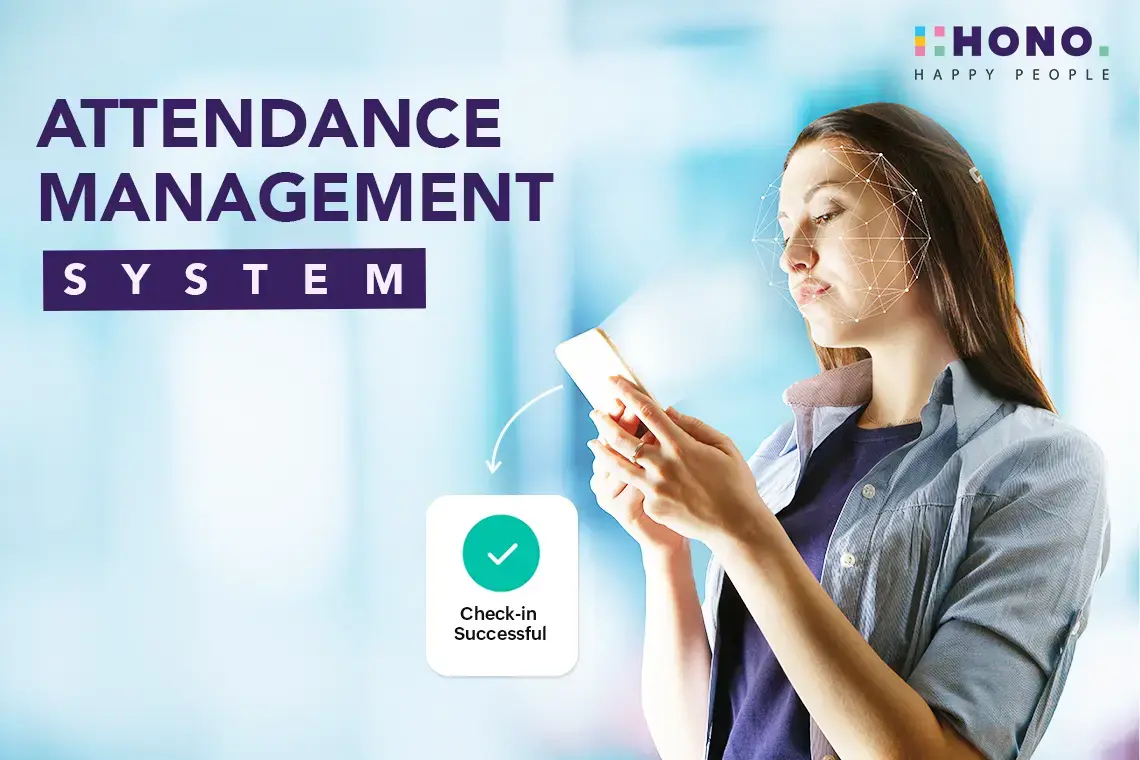Significance of HR Onboarding Metrics
When it comes to optimizing SaaS onboarding metrics to onboard new team members into the company, using innovative approaches such as the onboarding tracker becomes pivotal. It allows recruiters to successfully integrate new hires into the company culture and make data-driven decisions for continuous improvement.
1. Reducing Time to Productivity
One of the primary objectives of onboarding, whether for employees or customers, is to help them become productive as swiftly as possible. According to a study by the Aberdeen Group, companies with a structured onboarding process experience 54% greater new hire productivity. This finding underscores the importance of measuring onboarding success through customer onboarding metrics and employee onboarding success metrics. Utilizing an onboarding tracker, you can calculate the average time it takes for new hires or customers to reach their full potential. This data serves as a valuable baseline to strive for continuous improvement over time.
2. Improving Retention Rates
High employee or customer turnover can be both costly and disruptive. To address this, you can leverage customer onboarding metrics and customer onboarding success metrics. The Society for Human Resource Management (SHRM) found that effective onboarding programs can improve employee retention by an impressive 69%. Similarly, tracking turnover rates among new hires or customers within their first year, using an onboarding tracker, allows you to gauge the success of your onboarding efforts. For businesses of all sizes, onboarding software can be a powerful tool to manage this process efficiently.
3. Assessing Employee Engagement
Engaged employees are more likely to stay with the company and contribute positively to its success. This principle applies to customers as well. Gallup's State of the Global Workplace report reveals that only 15% of employees worldwide are engaged in their jobs. To ensure high levels of engagement among both employees and customers, measure employee engagement levels among new hires or assess customer engagement during their initial interactions with your products or services. These are critical customer onboarding metrics and employee onboarding success metrics that can be tracked efficiently using onboarding software.
4. Feedback Surveys
To refine your onboarding program continuously, gather feedback from new hires or customers about their onboarding experiences. Employee onboarding tools and onboarding software for all business types can facilitate this process. According to a Harvard Business Review study, 96% of employees believe that receiving feedback is a valuable part of their professional development. Utilize feedback surveys to capture valuable insights that can shape your onboarding process, making it more effective for both employees and customers.
Also Read: Benefits of Employee Onboarding Software
Key Metrics for Onboarding Success
In the realm of customer onboarding and employee integration, monitoring the right metrics using an onboarding tracker and robust onboarding software for all business sizes is paramount. These metrics, including customer onboarding metrics, Customer onboarding success metrics, Employee onboarding success metrics, and onboarding tracker data, are essential for measuring onboarding success effectively. Check out the chief points to onboard effectively:
Retention Rate: Keep a close eye on your retention rate, which measures the percentage of new hires or customers who stay with your company beyond their first year. A higher retention rate is a clear indicator of a successful onboarding process, whether for employees or customers.
Time to Productivity: Use your onboarding tracker to measure the time it takes for new hires or customers to reach a predefined level of productivity or proficiency in their roles. This metric provides valuable insights into the efficiency of your onboarding process, helping you gauge the speed at which individuals become productive contributors.
Employee Engagement Scores: For employee onboarding, employ surveys or employee onboarding tools to gauge engagement levels at various stages of the onboarding journey. These scores are vital indicators of how well your onboarding program is fostering engagement among new hires.
Feedback and Net Promoter Score (NPS): Collect feedback from new hires or customers through surveys, facilitated by onboarding software for all business types. Evaluate their onboarding experiences and calculate the Net Promoter Score (NPS) to gain a comprehensive understanding of overall satisfaction. This holistic approach ensures you're not only measuring success but also capturing valuable insights for improvement.
Also Read: Top 8 Factors to Help You Choose The Right Option
How to Continuously Improve Onboarding?
To ensure that your onboarding process is continuously refined and optimized, follow a structured data-driven approach:
Establish Baseline – Identify Paid Points – Set Goals – Implement Changes – Measure Progress
1. Establish Baselines: Begin your journey to measuring onboarding success by establishing baselines. Utilize your onboarding tracker and customer onboarding metrics to measure the current state of your onboarding process. This step sets the stage for data-driven improvements.
2. Identify Pain Points: Dive into the data, using onboarding software and employee onboarding tools, to identify pain points, bottlenecks, or any areas that require improvement. Pinpointing these issues is essential for targeted enhancements.
3. Set Goals: Leverage the insights gathered from the data analysis to set specific, measurable goals for enhancing your onboarding program. These objectives serve as the North Star for your improvement efforts.
4. Implement Changes: With your goals defined, make strategic changes to your onboarding process, leveraging onboarding software for all business types where necessary. Concentrate on addressing the areas identified as needing improvement, ensuring that your adjustments align with your objectives.
5. Measure Progress: Continuously track the selected metrics, including customer onboarding metrics, Employee onboarding success metrics, and the data from your onboarding tracker. Evaluate the impact of the changes made and be prepared to adjust your approach as needed to steadily progress toward your goals.
Incorporating these metrics and an evidence-based approach into your onboarding process is the key to achieving seamless integration, whether for new employees or customers. By embracing data-driven decision-making and constantly refining your onboarding journey, you'll foster an environment of growth, satisfaction, and productivity.
Effective onboarding is a critical factor in the success of your organization. By implementing onboarding metrics and continuously analyzing data, you can fine-tune your onboarding process for maximum effectiveness. Remember that a well-structured onboarding program not only benefits new hires but also contributes to the long-term success and growth of your company.
Request a Demo Now!

.png?width=70&height=70&name=Team%20HONO%20logo-01%20(1).png)


.png)






